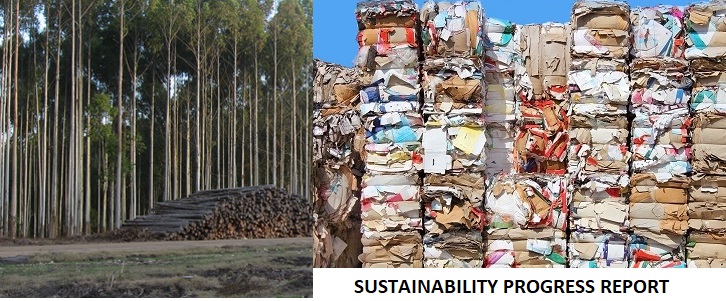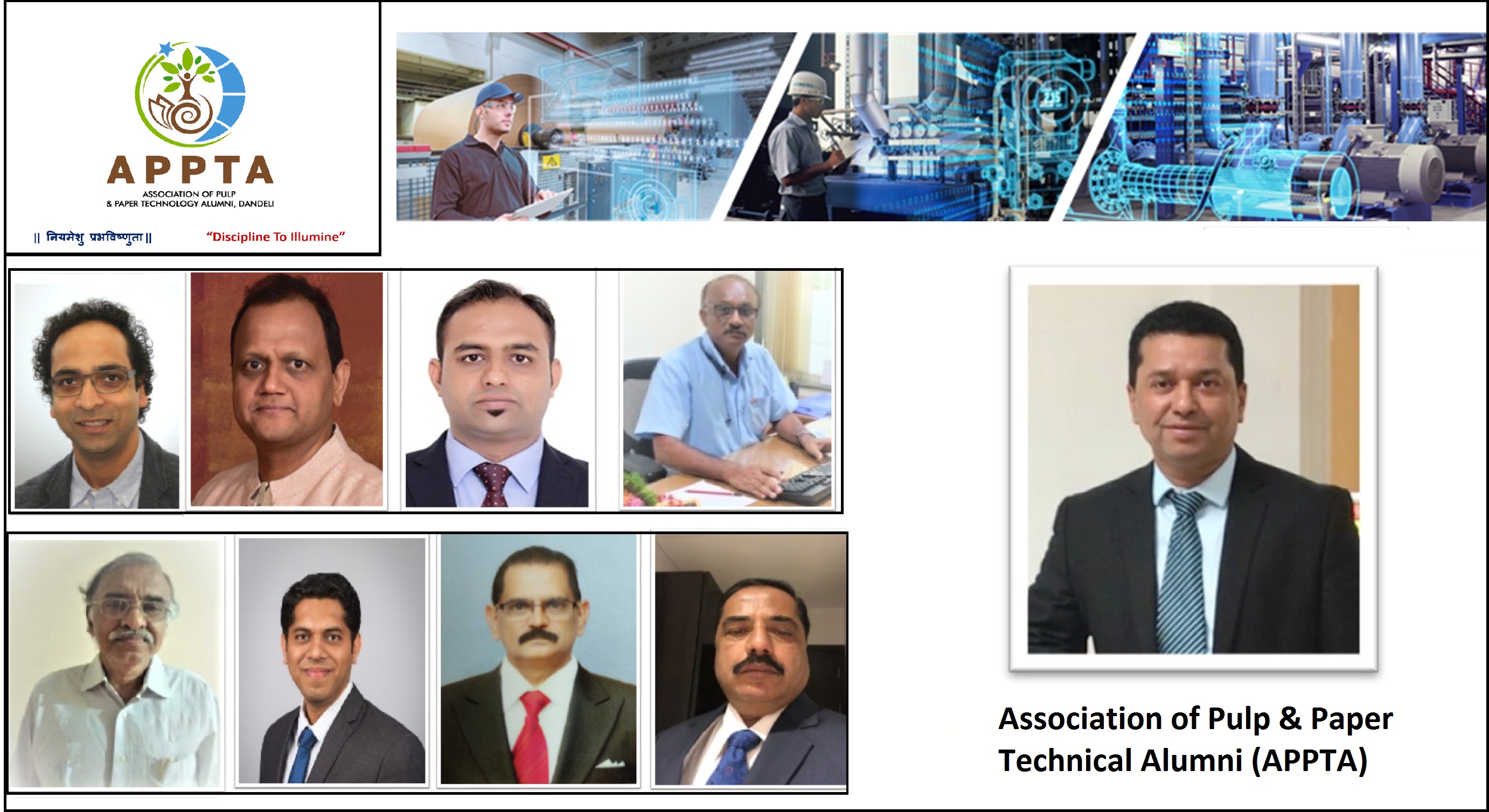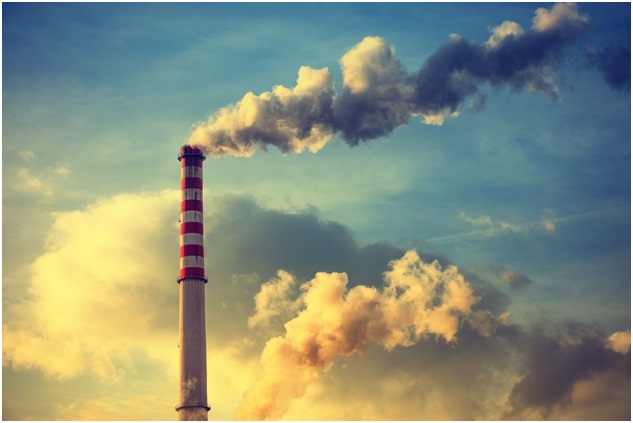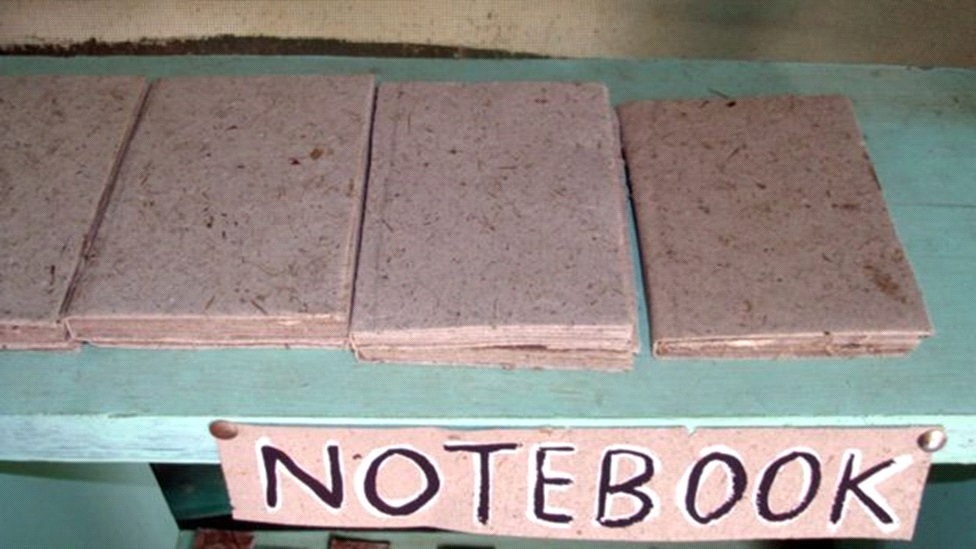ICFPA 2023 Sustainability Progress Report: sustainable forest management & recovered fibre

ICFPA 2023 Sustainability Progress Report: sustainable forest management & recovered fibre
- Ibá releases its 2022 report on biodiversity in the planted tree industry, highlighting records of over 8,000 flora and fauna species
- Based on FAO data, the countries represented by ICFPA members account for more than 90 percent of global production.
-The industry is also developing innovative paper-based product solutions to help brands meet Environmental, Social and Governance (ESG) commitments as consumers continue to show strong demand for sustainable packaging.
The Pulp and Paper Times:
The International Council of Forest & Paper Associations (ICFPA) is a global collaboration of 16 pulp, paper, wood and forest fibre-based associations spanning 27 countries. Many of the world’s top pulp, paper and wood-producing countries around the world are represented by the ICFPA’s member associations.
ICFPA supports dialogue across regional and national forest products associations from around the world and promotes global commitments to sustainable forest management, recycling, innovation, water conservation, mitigating climate change, ensuring a safe and inclusive workplace, and optimising the use of environmentally friendly wood and paper-based products.
The ICFPA’s commitments align with the objectives of the United Nations Sustainable Development Goals (SDGs), demonstrating that our sector’s actions address some of the most pressing sustainability issues of our time. Throughout this report, relevant icons note where the ICFPA’s efforts are contributing to progress on the SDGs.
At the ICFPA’s ninth international CEO Roundtable in 2019, a group of industry CEOs approved the Global CEO Leadership Statement 2.0 that updates and builds on progress the forest products industry has made since the original 2006 CEO Leadership Statement. The leadership statement affirms that the global forest products industry is uniquely positioned to address crucial sustainability challenges and improve social, environmental and economic well-being for all.
PROMOTE SUSTAINABLE FOREST MANAGEMENT (SFM)
In total, forests cover about 31 percent of the world’s land surface (4.06 billion ha). SFM is a foundational commitment for ICFPA and its members, as it allows for the conservation of forests – one of Earth’s most beneficial resources – while also allowing for the supply of forest-based products that are present in our daily lives.
When sustainably managed, forests play a central role in achieving global climate targets. Still, the forest sector faces pressure and SFM is not yet main stream. The FAO Global Forest Resources Assessment (FRA) 2020 estimated that 420 million ha of forest was converted to other land uses such as agriculture and land development without replanting between 1990 and 2020. Although the rate declined over the period, deforestation was still estimated at 10 million ha per year from 2015–2020 (approximately 0.25 percent per year).
By contrast, our forestry sectors ensure replanting, regrowth and replenishment of trees used for commercial or productive purposes. Strong demand for paper and wood products helps support continued long-term investment in SFM. Voluntary forest certification systems are one of the most efficient market-based tools to promote SFM and ensure that the wood and fibres that supply our industries do come from sustainably managed forests.
ICFPA members measure progress toward the SFM commitment by the percent of forest based wood fibre supplied to ICFPA members from certified, sustainably-managed forests and plantations. This is defined as wood that has been certified by the Forest Stewardship Council (FSC) and/or by a national certification system formally endorsed by the Programme for the Endorsement of Forest certification (PEFC)
The ICFPA members reporting on this commitment ii represent nearly 65 percent (298.17 million ha) of the 463 million hectares certified globally to FSC and/or PEFC in 2021.iii It is noteworthy that about three-quarters of the world’s SFM-certified area is in North America and Western Europe,iv and these two regions also account for more than 95 percent of the SFM-certified area reported by ICFPA member associations in this year’s survey.
Industry associations at the regional and country levels play a crucial role in promoting SFM certification among their member companies. Since 2000, there has been a significant rise in forestry land certified under SFM. For ICFPA members, the area of certified land has increased 80 percent between 2000 and 2009 and has since remained relatively constant.
It is not anticipated that the total forest lands, nor the SFM-certified area, will increase substantially for the associations represented in the data above. This is due to ongoing shifts in land managed by and/or for the forest products industry’s commercial harvest, as well as the nearmaximisation of certification on forest lands by reporting associations. A large portion of forests in the United States, Europe and other regions are owned by small private forest owners. While SFM is often practiced, third-party SFM certification can be a costly barrier and thus not commercially feasible for small-scale owners to implement.
CASE STUDY: Brazil
Ibá releases its 2022 report on biodiversity in the planted tree industry, highlighting records of over 8,000 flora and fauna species
Since 2019, Brazilian Tree Industry (Ibá) has been collaborating with 23 member companies to collect a broad range of data on the biodiversity that is present in their areas. This survey covers 12 states, more than 220 municipalities, and five biomes that include the Atlantic Forest, Cerrado, Pampa, Amazon Forest, and Caatinga. Some findings are part of long-term monitoring efforts that stretch back as far as 1970, which makes this Biodiversity Report even more valuable.
Ibá’s 2022 Report on Biodiversity in Tree Industry, highlights records of 8,310 flora and fauna species. The main groups monitored across Brazil's biomes include plants, birds, mammals, amphibians and reptiles. More than 5,450 species of plants were registered. The sector also recorded more than 335 species that are classified as endangered by ICMBio.
Besides findings about flora and fauna species data, this report also provides details about species that represent this industry, biodiversity monitoring, restoration work, ecosystem services, partnerships with local stakeholders such as beekeepers, and success stories from forestbased companies.
RECOVERED FIBRE
Paper and paperboard are some of the most widely recycled materials in the world. Recovered fibre is an important resource for the paper manufacturing sector and is a critical component in a circular economy. Paper recycling extends fibre supply and carbon storage.
ICFPA members are committed to advancing the global recovered fibre utilisation rate, which represents the amount of recovered paper used by paper and paperboard mills as a percent of global paper and paperboard consumption. ICFPA members expect to deliver on this commitment by advocating for improvement in the quantity and quality of recovered fibre and increased recycling infrastructure.
Based on FAO data, the countries represented by ICFPA members account for more than 90 percent of global production.
In 2021, the global recycling rate was 59.9 percent. v Since 2000, the global rate has climbed and remained nearly constant in recent years. In parts of the world, like Europe and North America, recycling rates are consistently higher than the global recycling rate – 70 percent and 68 percent in 2021, respectively. It is estimated that about 22 percent of paper consumption cannot be collected or recycled. vi This includes hygiene papers such as tissue. Changing consumption patterns, global supply chain disruptions and diversified applications of paperbased solutions make it challenging to further increase recycling rates.
The industry is investing billions globally to advance recycling infrastructure and tackle the next opportunity to capture more fibre from harder-to-recycle paper products. The industry is also developing innovative paper-based product solutions to help brands meet Environmental, Social and Governance (ESG) commitments as consumers continue to show strong demand for sustainable packaging.
CASE STUDY: United States
Juno Waste Diversion Technology
Georgia-Pacific received a 2022 AF&PA Sustainability Award for Innovation for its Juno Waste Diversion Technology. Juno can recover up to 90 percent of the waste it processes that would be otherwise destined for the landfill or incineration.
The proprietary technology separates paper fibres, which are then used to make new paper products. Other recyclable materials are sorted for their markets. Food waste and leftover materials can be converted into biogas for a variety of renewable energy applications.
In its first 10 months of operation, Juno processed nearly 12,250 metric tonnes of waste in Toledo, Oregon, increasing the city’s landfill diversion rate from 23 percent to 66 percent.
Juno currently generates more than 18,000 kilograms of paper fibre per day, which is mixed with old corrugated containers and used to make containerboard. Juno™ Fiber meets the criteria for safe food contact in the United States of America. Every tonne of waste processed through Juno can represent up to 1 tonne of CO2e net reduction according to the EPA WARM model V15, which provides high-level estimates of potential greenhouse gas (GHG) emissions reductions, energy savings and economic impacts from several different waste management practices.
Web Title: ICFPA 2023 Sustainability Progress Report: sustainable forest management & recovered fibre



 Join WhatsApp Group
Join WhatsApp Group Join Telegram Channel
Join Telegram Channel Join YouTube Channel
Join YouTube Channel Join Job Channel (View | Submit Jobs)
Join Job Channel (View | Submit Jobs)












